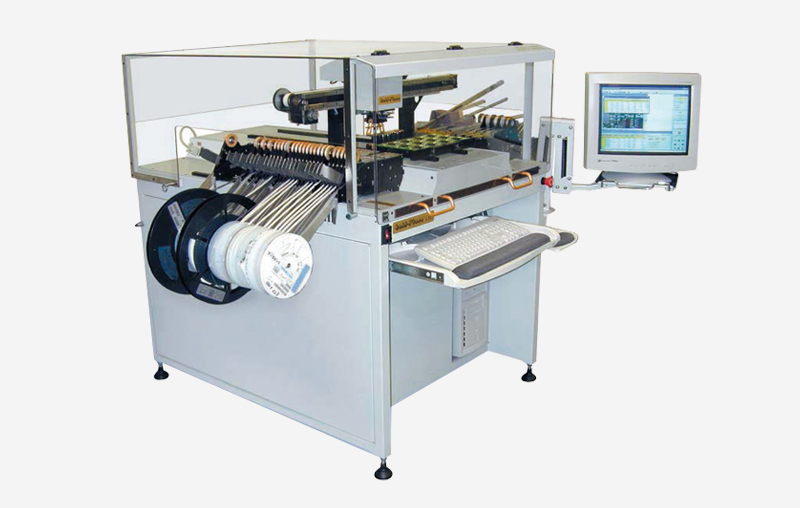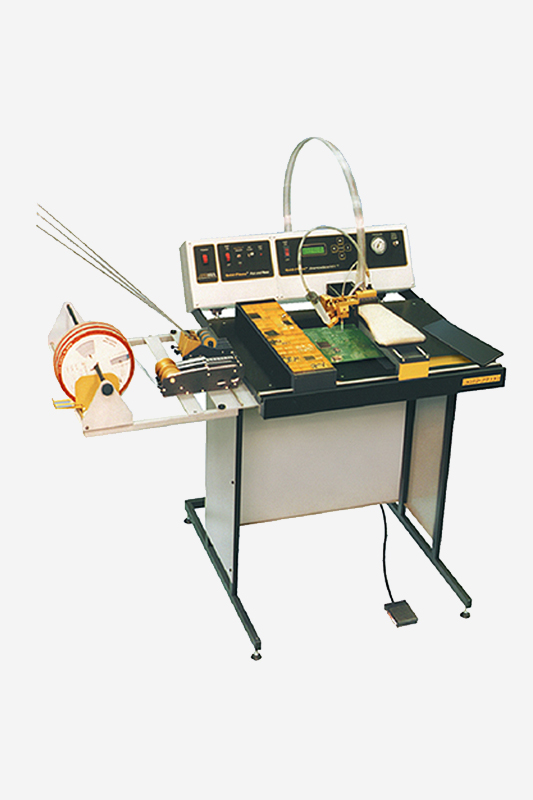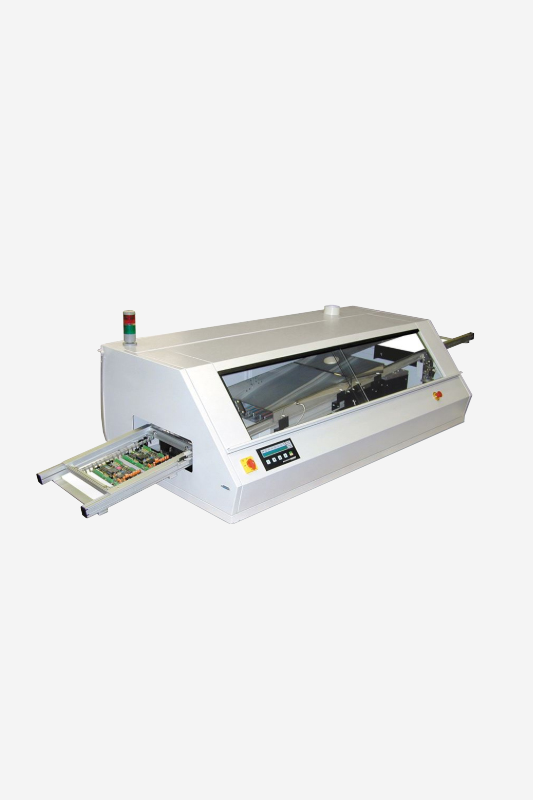The electronics sector is one of the most dynamically developing branches of the economy. Frequent technological changes and the continuous raising of the bar by the market leaders puts pressure on all companies to constantly adapt to market requirements. The need for change creates for the anticipating and dynamic companies the possibility of rapid development and expanding into new areas.
Today, one of the most important challenges faced by many Polish companies is the need to significantly increase production efficiency. An important factor determining the development of the company, and even staying on the market is also meeting the demands of lead-free soldering technology, which usually involves modernization or replacement of machinery.
In the article we present the devices offered by the well-known American company DDM Novastar – the choice of these devices may be a viable solution to many issues of this challenge. By selecting products from the offer of the company you can put together many variants of complete production lines or create independent workstations supporting only part of the production process.
PICK&PLACE MACHINES
The configuration of the assembly line for electronic components must start with the selection of the pick & place machine. DDM produces 7 different models in 3 series: „L“, „LE“, „LD“. Models that meet virtually all the requirements for modern production line machines are grouped by the manufacturer in the „L“ series. The machines in this series work with 15 mils (0.384 mm) raster systems with a maximum capacity of 4800 cph (components per hour). A great advantage of DDM machines is a very easy to use control system, which uses a PC with software that determines the work cycle and provides process control as well as self-diagnosis of the device. The Windows application has a unique option of any modification (easy programming of modules in Visual Basic). The devices use belt, slatted, tray and optional vibrating feeders.
The maximum number of simultaneously working feeders is 32 for the L20, 64 for the L40 and as many as 96 for the L60; these values refer to a 8 mm belt feeder. The feeders allow for picking and stacking of almost any type of items such as: 0201, 0402, 0603, 0805, 1206, MELF, SO-8 to SO-28, SOT, (fine pitch) QFP, BGA, PLCC and many others. Feeders can be replaced during operation. Four vacuum grippers (eight optional) are installed as standard, powered by the built-in compressor. These are automatically selected during operation, allowing different items to be picked and stacked without the need to interrupt tool change. The position of the component/chip relative to the PCB is controlled by a camera or laser.
The high resolution characteristics of the head movement along the X, Y and Z axes and the ability to position the element in any direction (with a step of 0.18°), determine the high positioning precision of ±0.001″ (±25.4 µm). Maximum dimensions of the PCBs range from 343×305 mm (L20) to 343×813 mm (L60). The machines can operate autonomously (independently) or work with other systems to create a production line with optimum performance. An interesting feature is also the power source for the machines – 230 V AC, so these advanced systems do not require a separate pneumatic installation.
Companies that are planning small volume production ( however, incomparably higher than the manual production) should certainly be interested in the following versions of the machines presented above. Machines belonging to the „LE“ series differ from those of the „L“ series mainly in their efficiency – up to 3000 components per hour and of course the price. The most advanced double-headed machines belong to the „LD“ series and provide higher performance – up to 6000 components per hour, they should be considered sufficient to construct a line of considerable volume capacity.
MANUAL PICK&PLACE SYSTEMS
Particularly attractive solution for companies intending to increase their production capacity significantly at low financial cost are less advanced (though often sufficient) and at the same time cheapest pick & place systems:
Manipulators for manual stacking of SMD elements – MPP20/21 and MPP10/11. Their design allows for efficient, continuous work of right and left-handed people without signs of hand fatigue. They guarantee precision of operation, ensuring always repeatable assembly. MPP21 and MPP11 versions are equipped as standard with digitally controlled glue or paste dispensers, which can work in the following modes: manual, semi-automatic, automatic and self-learning.
Instrumentation and accessories such as the MPP-VC system for video inspection or the programmable glue/paste dispenser GDV-20 with vacuum tweezers for element positioning, connectors for in-line manipulators, feeders for tape components.
STENCIL PRINTERS
DDM Novastar currently manufactures five models of template printers: from the economical manual SPR-10 to the automated SPR-45. The maximum print area dimensions range from 305x380mm to 406x457mm. The devices ensure high accuracy and repeatability of printing. Their important advantage is the ability to work with foil templates (without frames), which is a source of significant savings.
OVENS
The decisive point in determining the quality of production is the correct soldering of the components arranged on the PCB.
Novastar DDM reflow ovens use the unique patented Cyclonic™ technology of horizontal circulation, which guarantees an even temperature distribution on the board, and additionally reduces vapour condensation and shorter downtime due to the need to clean the chambers of the reflow oven.
Heating elements are located in the upper and lower part of the chamber, creating heating zones. The inspection of the process is facilitated by sight glasses located on the upper wall of the illuminated chamber. The reflow furnace management software allows, among other things, to enter and save 100 profiles, program a timer (up to 7 days), monitor and report faults according to ISO9000 SPC, password protection of entered data.
There are several models of reflow ovens in the offer, from small constructions to multi-zone, high-performance ones. Most of them can be used for soldering in inert gas shielding and for operation in an increased temperature range (lead-free soldering). In larger models, two types of transport can be used in parallel – mesh and edge. The offer is complemented by various types of heating plates, small chamber furnaces, etc.
INSTALLATION USING THROUGH-HOLE TECHNOLOGY
Despite the dominance of SMT, many components are still assembled in the trough-hole technology. For the industrial soldering of boards with through-hole type or mixed components, Novastar offers several models of soldering units. The smallest of them – the SPARTAN 8 – is equipped with a 180mm wide soldering wave. The largest high-performance unit can handle plates up to 600mm wide. All soldering waves can work in lead-free technology. One of the main advantages of DDM Novastar’s offer is its diversity and price range, allowing for a suitable solution for both large and medium-sized companies, as well as for small companies, for which investment in advanced systems has been too expensive and usually, due to the scale of production, unprofitable.


